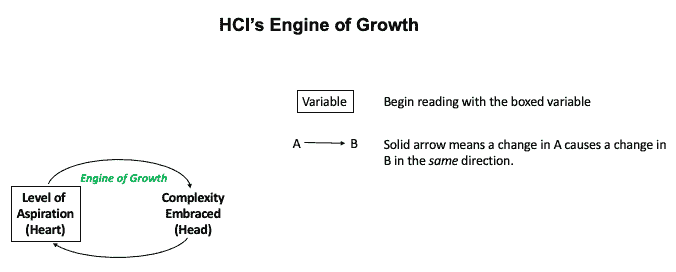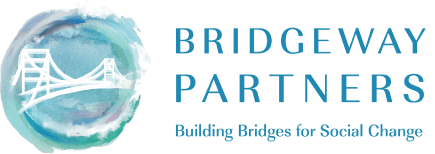Many years ago a small nonprofit chose to improve healthcare in the developing world. It began in Nicaragua by focusing on building medical facilities, training doctors, and importing vaccines and medicines. However, the organization soon discovered that improving healthcare involved more than these actions alone:
- Clients needed transportation to access the facilities
- They needed sufficient nutritious food, clean water, and decent shelter to prevent becoming ill in the first place
- They needed a minimum level of education to understand the sources of sickness and take the necessary precautions to stay healthy
Healthcare and development in the broad sense became difficult to distinguish. Because of their commitment, people in the organization took on more and more related responsibilities, and they were able to raise the money to meet them. As the organization’s reputation grew, it changed its name to HealthCare International (HCI) and expanded its work into other countries.[i]
The work was stimulating, rewarding – and overwhelming. Staff recognized the need to collaborate more with other groups inside the organization, but they could not find the time to do so because their plates were full. They recognized the need to partner with others outside the organization, but were unclear whom to partner with and how. Even though money kept flowing in, staff always felt they had more to do than they could handle.
The story of many nonprofits is similar in many ways. Founders begin with a clear aspiration. Their desire to improve the world opens their minds to the complexity of what is really required to increase system-wide performance. They take on more and more complexity, only to discover that their aspirations and insights are constrained by their ability to manage it all. The term “priority” becomes meaningless because there are too many and everything seems equally important. Staff burn themselves out trying to do too much, or they frustrate themselves by limiting what they actually do in relation to what they know must be done.
For the past 15 years, we at Bridgeway Partners have been helping executives and organizations address the problem of overload and increase productivity in sustainable ways.[ii] In this post we’ll look at how HCI came to understand these challenges, and in the next post we will look at what HCI and others are doing to meet them.
HCI’s expansion was fueled by an engine of growth that coupled aspiration with complexity. Like many people committed to making the world a better place, they were motivated by enormous caring (heart). As their desire to make a contribution grew, so too did the recognition that many of the problems they addressed were inter-related with others they had not considered. Their awareness led them to learn more about how complex social systems behave and evolve. Expanding their minds to embrace greater complexity motivated them to achieve even more. For readers who think in visual terms, a causal feedback loop diagram showing these relationships, “HCI’s Engine of Growth”, is provided at the end of this post.
HCI’s desire to embrace greater complexity led it to expand its priorities. However, as the number of priorities grew in relation to a relatively limited capacity to manage complexity, people found it difficult to implement or digest all of the projects. They felt overloaded: you might say their visionary eyes had grown bigger than their implementation stomach.
In our work with overburdened executives and organizations, we see that the most common responses to reducing overload are: firefighting, working longer hours, cutting corners for the sake of expediency, throwing more money and people at the problems, and blaming individuals as the cause of performance shortfalls. Moreover, we have discovered that all of these responses to reducing overload actually increase it.
In the case of HCI, some people tried to reduce overload by focusing more on what they could control within their own silos. This made it more difficult for them to embrace all of the complexity they knew existed. Conversely they found it difficult to achieve the quantity and quality of collaboration they recognized was needed because such coordination took additional time. These dynamics are shown visually in the causal feedback loop diagram “Limits to HCI Growth” at the end of this post.
HCI was able to raise more money in support of its expanded aspirations and understanding of complexity. However, because the number of priorities that staff generated tended to proliferate faster than the funds raised, the organization still could not acquire enough resources to support everything that people wanted to do. The paradoxical consequence was that budget pressure increased despite increased funding. As budget pressure grew, the organization had less money to invest in expanding its capacity to manage complexity despite its growing need to do so. This additional challenge of building organizational capacity over time to manage complexity are shown in the causal loop diagram “Compounding Limit to Growth” at the end of this post.
Seeing these dynamics helped HCI’s senior management reduce the number of organization priorities and rethink how to support additional collaboration. In next month’s blog post, “Learning to Manage Complexity”, you will learn the specific strategies HCI is using, and what other organizations are doing, to more effectively manage complexity. Please join us.



[i] This story is a composite of several nonprofits in multiple sectors that have evolved in similar ways.
[ii] See our work in the area of sustaining energy and focus
